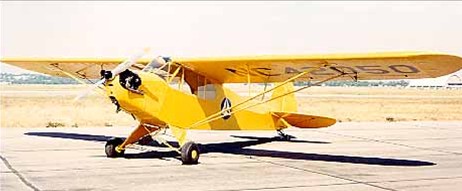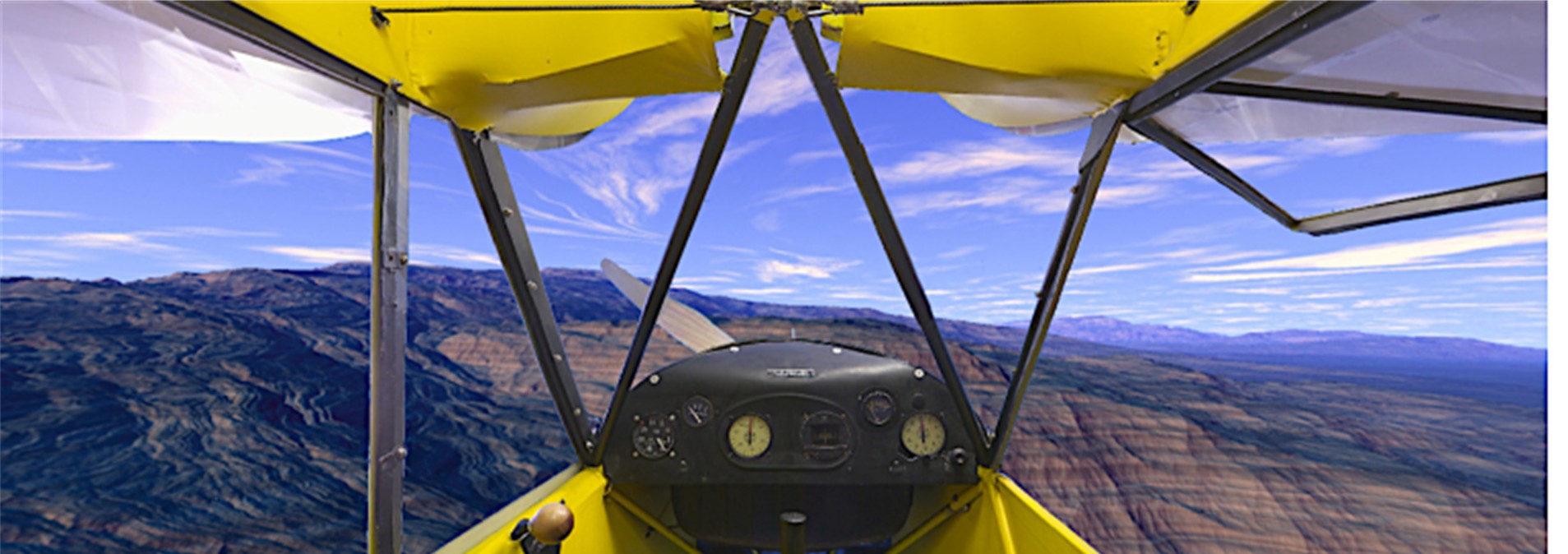By Howard Deevers
I believe that all pilots remember that first solo flight. The moment that the instructor endorsed your logbook for your solo flight, gave you some brief instructions, and got out of the plane to watch you on your first solo was an exhilarating moment. It is as exciting for the instructor as it is for the student. It marks a point in time that you have really become a pilot. Even retired airline pilots or retired military pilots have been able to recount their first solo when I asked about it. There is still a lot to learn, but that one moment remains in your mind because you have achieved, and earned, the right to be called a pilot.
My first solo was 47 years ago, and I remember it as if it was just yesterday. My instructor and I had been making landings at an airport that no longer exists in the Pittsburgh area. He asked me to stop by the gas pumps. Then he asked for my medical and logbook. The medical was also your student pilot certificate, in those days. He endorsed those and gave them back to me with very short instructions on making landings at that airport and said come back here when I was done. Nerves were on high alert, but I guessed that if he thought I could do it, I would be OK. On my first take off and turning downwind to stay in the pattern at that airport, it started to rain! Not a hard rain, but the drops hitting the window were shocking to me. I completed 3 take-offs and landings, and stopped to pick up John. We flew back to Allegheny County Airport and he instructed me on where I could go to do solo flights for practice. I don't remember how many hours of instruction I had at that time, between 16 and 22 I am guessing, interrupted by winter delays.

Over many years I have had “Older” pilots tell me that they soloed in 3 hours, or 4 hours, or other ridiculously low numbers, that we never hear about today. It took a long time for me to realize that they had done that solo in a J-3 Cub on a grass field in Iowa (or somewhere like that) in the 1950's. The plane had no radio, no electrical system, and the pilot had no sectional. There were no Class B or C or D airspaces to worry about. They went on to learn cross-country navigation and other things you still need to know to be a safe pilot.
Things have changed. The FARs in Part 61 “Subpart C Student Pilots,” are very specific about what must be taught to a new student before an instructor can sign off that student for solo. There are no specified hours that must be met, as in the Private Pilot or other ratings where a minimum number of hours must be met before being signed off for a check ride. Some students can do it in the minimum number of hours, but others take a bit longer. The DPEs might use the solo hours as a “trick question” during the oral exam for CFI candidates: “How many hours do you have to give a student before he can solo?” The correct answer is that there are no specified number of hours for the solo.
That first solo flight is so important that we have added “traditions” or “ceremony” to it. The ritual of cutting off the shirt tail of the new solo pilot goes way back to long before WWII, but is still a ritual that is practiced at many flight schools or by flight instructors. Some of the larger flight schools have other rituals, but do not cut off shirt tails. I think it matters little what the ritual is; the student will still remember that first solo for life.
Sometimes it is hard to get a student to solo even though the instructor thinks they are ready and capable. The student just keeps delaying that event. Eventually they will make the leap, and we will have another solo student.

I have heard many stories about first solos over the years. If you have a first solo experience to share, I would like to hear it. My e-mail is: This email address is being protected from spambots. You need JavaScript enabled to view it.. Just put “First Solo” in the subject area.
Now that you are a pilot, move on to become an even better pilot. Join the WINGS program. The ARIZONA PILOTS ASSOCIATION and the FAASTeam present safety programs that will count for your next phase of the WINGS. Check the website for a location near you, and “Don't forget to bring your wingman!”

